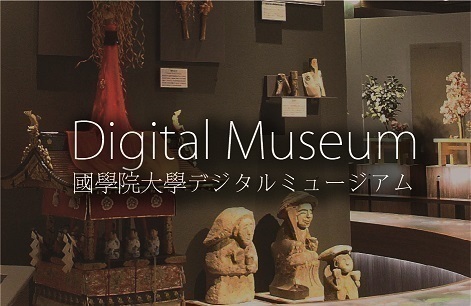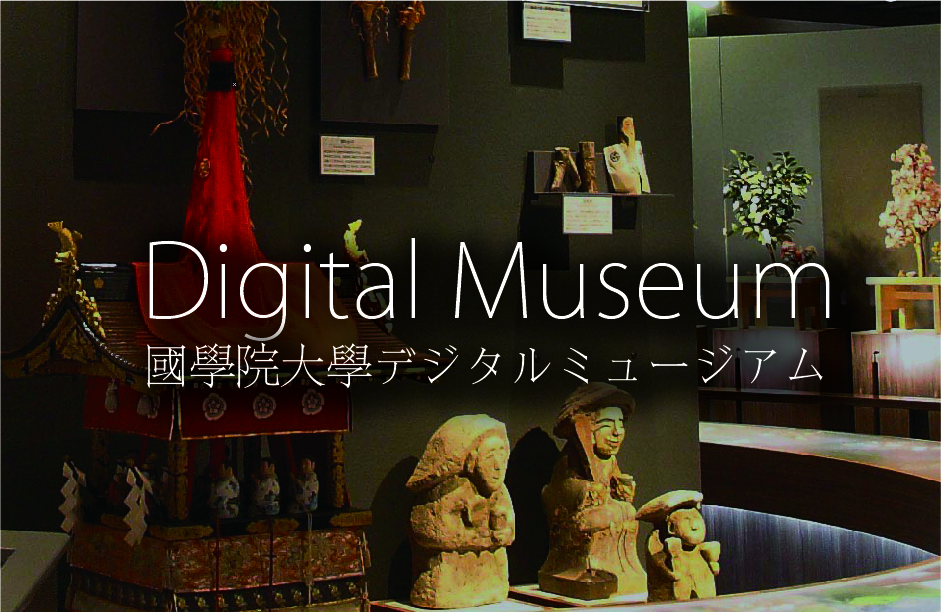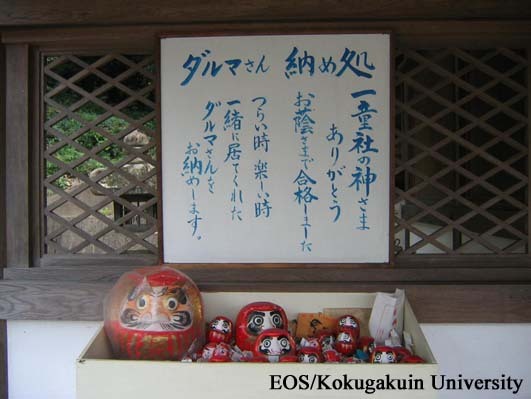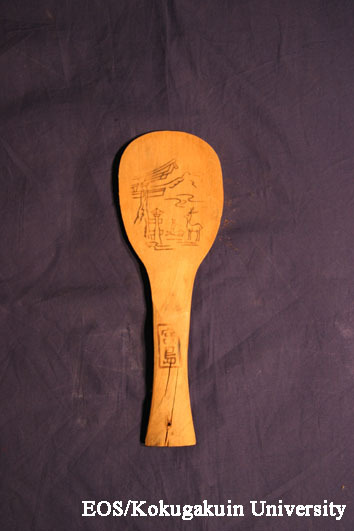- トップ
- Encyclopedia of Shinto
- Engimono
Encyclopedia of Shinto
| Main Menu: | |
| Links: |
詳細表示 (Complete Article)
| カテゴリー1: | 4. Jinja (Shrines) |
|---|---|
| カテゴリー2: | Offerings and Talismans |
| Title | Engimono |
| Text | The term "engi" is the abbreviation of a longer term of Buddhist origin, innen shōki (Skt. pratītyasamutpāda, or "co-dependent origination"), but by extension it came to refer to narratives regarding the historical "origins" and miraculous tales of temples and shrines, or the written documents recording such stories. It also came to refer to miraculous signs foretelling good or evil for some proposed undertaking. It was in this latter sense that people of the early modern period used terms such as engi gayoi (good fortune) or engi o katsugu (to believe in signs of good/bad fortune). Along with these usages, the custom of praying for good fortune (engi iwai) or "altering one's bad fortune" (engi naoshi) spread widely. From there, the term engimono came to refer to any good luck charm that one might purchase at a shrine or temple at the beginning of the year, or on a "feast day" (ennichi) of a kami or Buddhist deity. Although the term formerly referred to auspicious New Year's decorations like border ropes (shimenawa) and pine and bamboo gateway decorations (kadomatsu), a plethora of varieties appeared later. Most had some kind of specific association with the shrine or temple involved, and it was believed that if they were taken home and placed on the household's "good luck altar" (engidana) the family would enjoy the good favor of kami and buddhas throughout the year. Well-known examples include masks of the comical Otafuku (a plump woman representing happiness and prosperity) and kumade (small rakes decorated with symbols of good fortune and meant to "rake in" good luck), both of these are found at the Tori no Ichi markets held on the Day of the Cock in the eleventh month; mayudama (tree branches decorated with rice cakes), and hamaya (good luck arrows distributed by shrines), both distributed at New Year's; inu hariko (papier-mâché dogs) associated with a newborn child's first pilgrimage to a shrine (hatsu miyamairi). Others include "treasure ships" (takarabune) and "fortune-beckoning cats" (manekineko), so- called Daruma dolls, good-luck bulls, rice scoops, and chigi bako (small wooden boxes sold at the shrine Shiba Daijingū said to increase the number of kimono in one's possession). — Suzuki Kentarō |

The Mochibana sold at the Tsuinashiki held on February 3 at Nagata Jinja. By eating the Mochibana, people wish for freedom from illness and misfortune, and safety in the home.
2006年 **月 **日
Ōsawa Kōji






